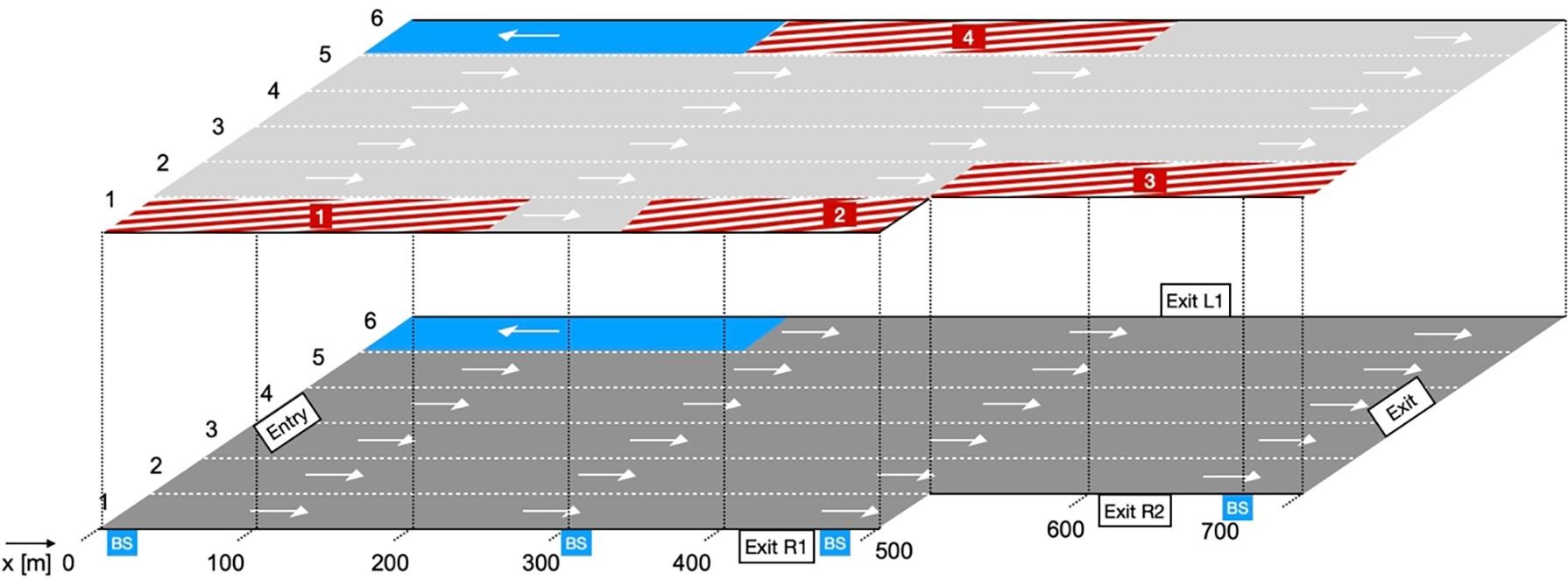A paper by Jasso Espadaler Clapés,Manos Barmpounakis and Nikolas Geroliminis was published inTransportation Research Part A: Policy and Practice entitled “Empirical investigation of lane usage, lane changing and lane choice phenomena in a multimodal urban arterial”. The authors utilise the pNEUMA dataset to investigate lane usage, lane changing and lane choice phenomena utilising the pNEUMA dataset.
Highlights
- We analyse lane-level information in a multi-modal urban area using the pNEUMA dataset.
- We investigate the interrelation between lane changing and lane choice.
- The marked lanes (marked layer) are influenced by different vehicles’ interactions; we show that there is an active layer affecting capacity (macroscopically) and driving behaviour (microscopically).
- The conflicting areas where more lane changes can occur are highlighted.
- The way turning vehicles approach the target lane and the differences between left- and right-turning vehicles are discussed.
Abstract
The combination of multimodal interactions, dynamic congestion and lane changing phenomena in an urban environment can have a strong impact on traffic flow dynamics, active road capacity and road safety. However, while there is a vast understanding of microscopic traffic models for motorways with respect to lane changes and lane choices, there are not many empirical observations of the phenomena at the urban scale. Recently, new data collection techniques with unmanned aerial systems have emerged offering unique opportunities to study complex traffic phenomena. This paper investigates the interrelation between lane changing and lane choice using the pNEUMA dataset in one of the busiest arterials in Athens, Greece. The main concept relies on the definition of two layers regarding how the multiple lanes of congested arterials are actually being used. Specifically, we show that the marked lanes on the arterial (marked layer) are influenced by the frictions created by static and moving bottlenecks (bus and taxi stops, illegal parking, etc.). Using an existing lane detection algorithm, we show that there is an active layer which is different to the marked lanes on the road affecting capacity in the macroscopic level and driving behavior in the microscopic level. The analysis on lane changing highlights the conflicting areas where more lane changes can occur. Furthermore, the particularity of Powered-Two-Wheelers’ lane changing behavior is examined and evidence on the PTW filtering phenomenon is provided. Following, the analysis on driver lane choice shows how turning vehicles approach the target lane and the differences between left- and right-turning vehicles.
You can read the paper here.
